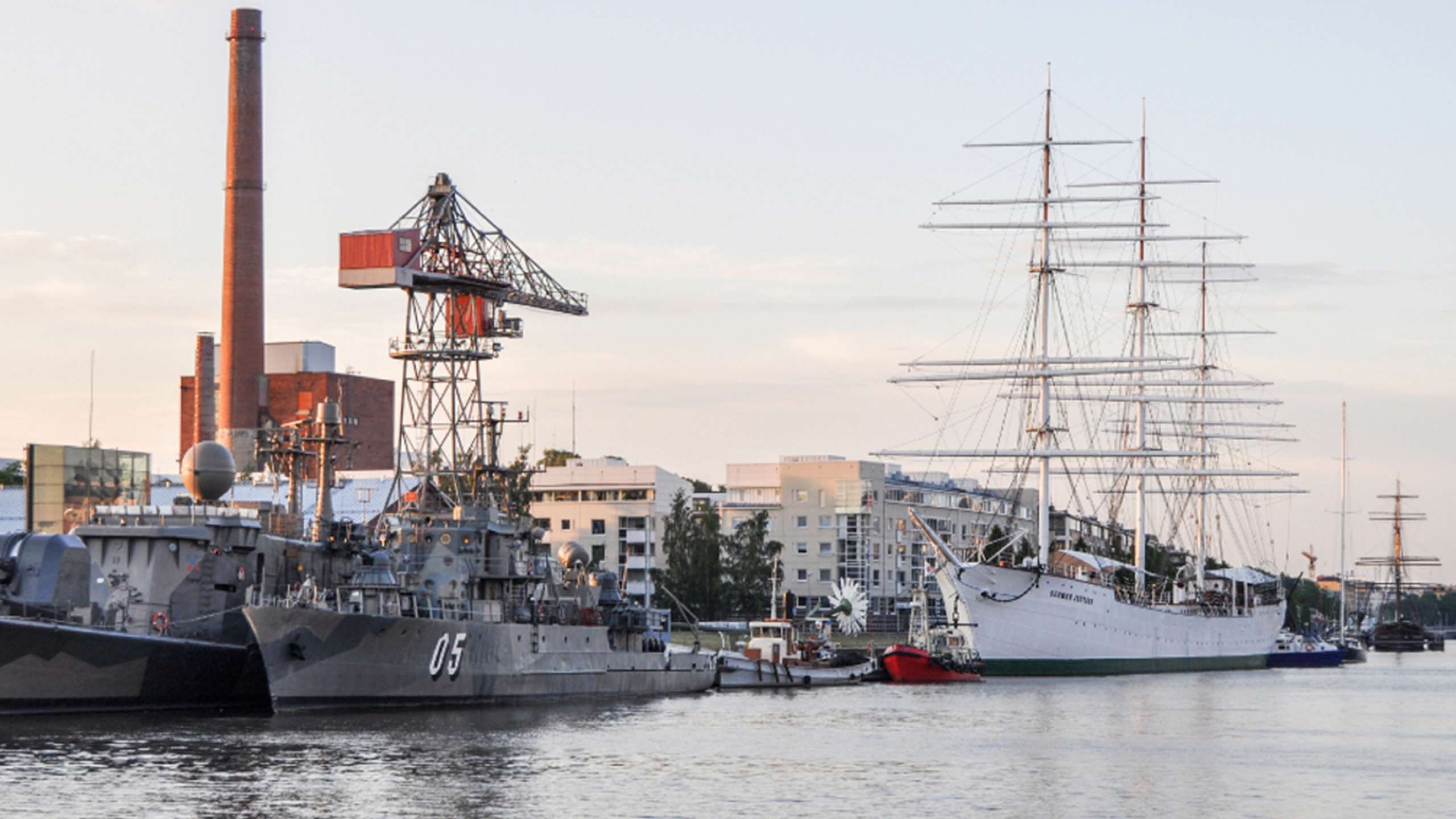
Nine fascinating facts about Turku’s maritime history
Long before Finland declared independence from Russia, and even long before Sweden ruled over the land, Turku was a famous port. As early as the Iron Age, Baltic, Swedish and Novgorodian merchant ships sailed through the archipelago to trade their wares on the banks of the Aura River. There was no common tongue, but language was no obstacle with some deals simply made by using hand signals. Here are eight more fascinating facts about the maritime history of this riverside city.
In the late 13th century, Turku caught the attention of the Hanseatic League. A powerful alliance of merchant guilds and market towns, the Hanseatic League dominated northern European trade for three centuries. Their wooden ships, known as cogs, were a familiar sight in the river harbour.
Turku was the most important Finnish city during the long years of Swedish reign and the city was granted a free right of sailing. By the 16th century, Turku was bustling with ships bound for ports like Danzig, Lübeck, Tallinn, Riga, and of course, Stockholm.
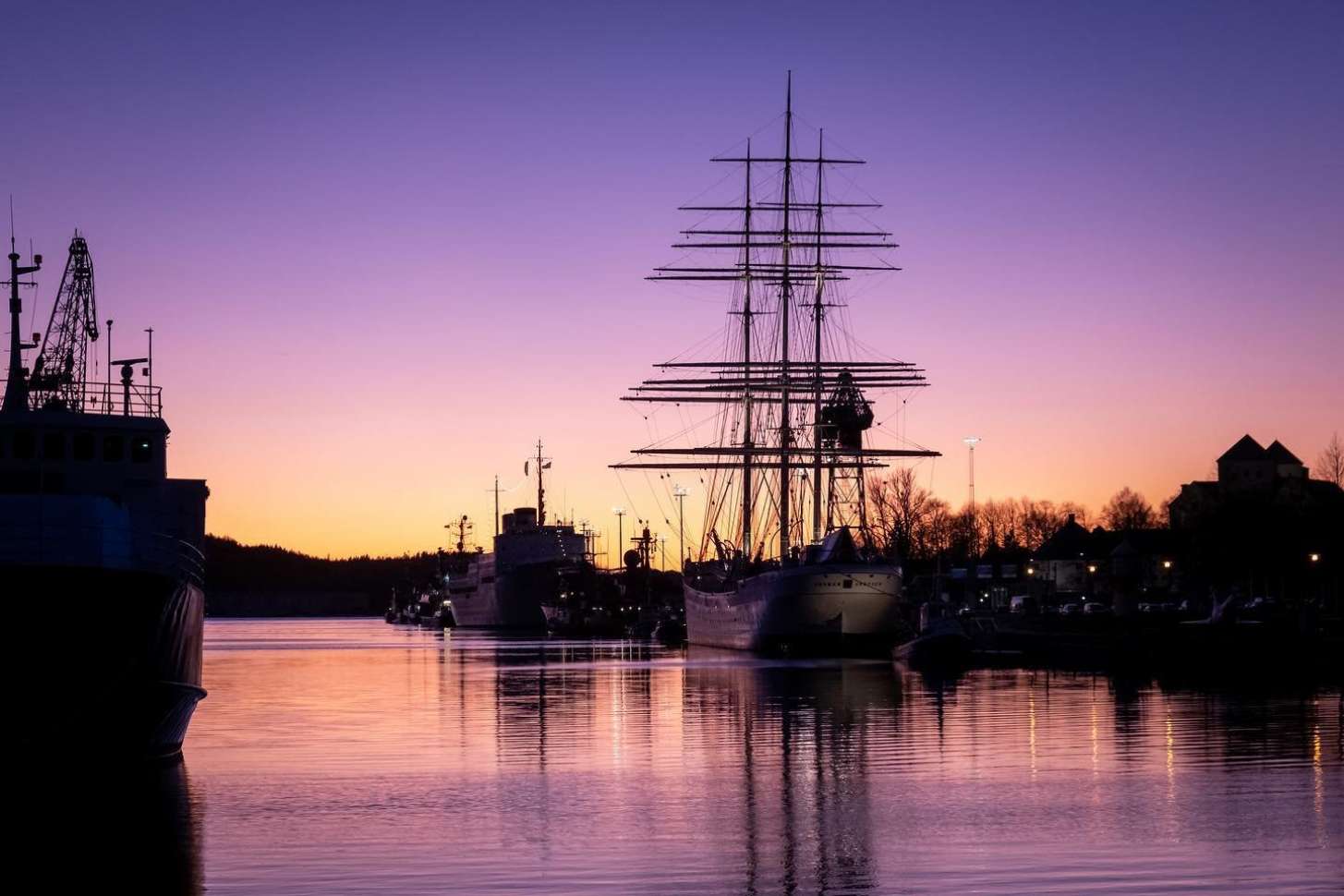
In those early trading years, as in Iron Age-early, fur was the trading good of choice. Much later, Turku tantalised European taste buds with its Baltic herring and dried fish, while returning ships brought home salt and wine (a fair exchange, right?). Tar was also a prized commodity and Turku sent loads across the seas.
In the mid-18th century, when ships began to venture as far away as the Mediterranean, two merchants set their sights closer to home. With the blessing of the reigning royal, Esaias Wechter and Heinrich Remgean devised a plan to build wooden vessels, right in the Aura River. It was an innovative idea that kick-started a long history of industrial shipbuilding in the city, a history that continues to this day at the Meyer Turku shipyard.
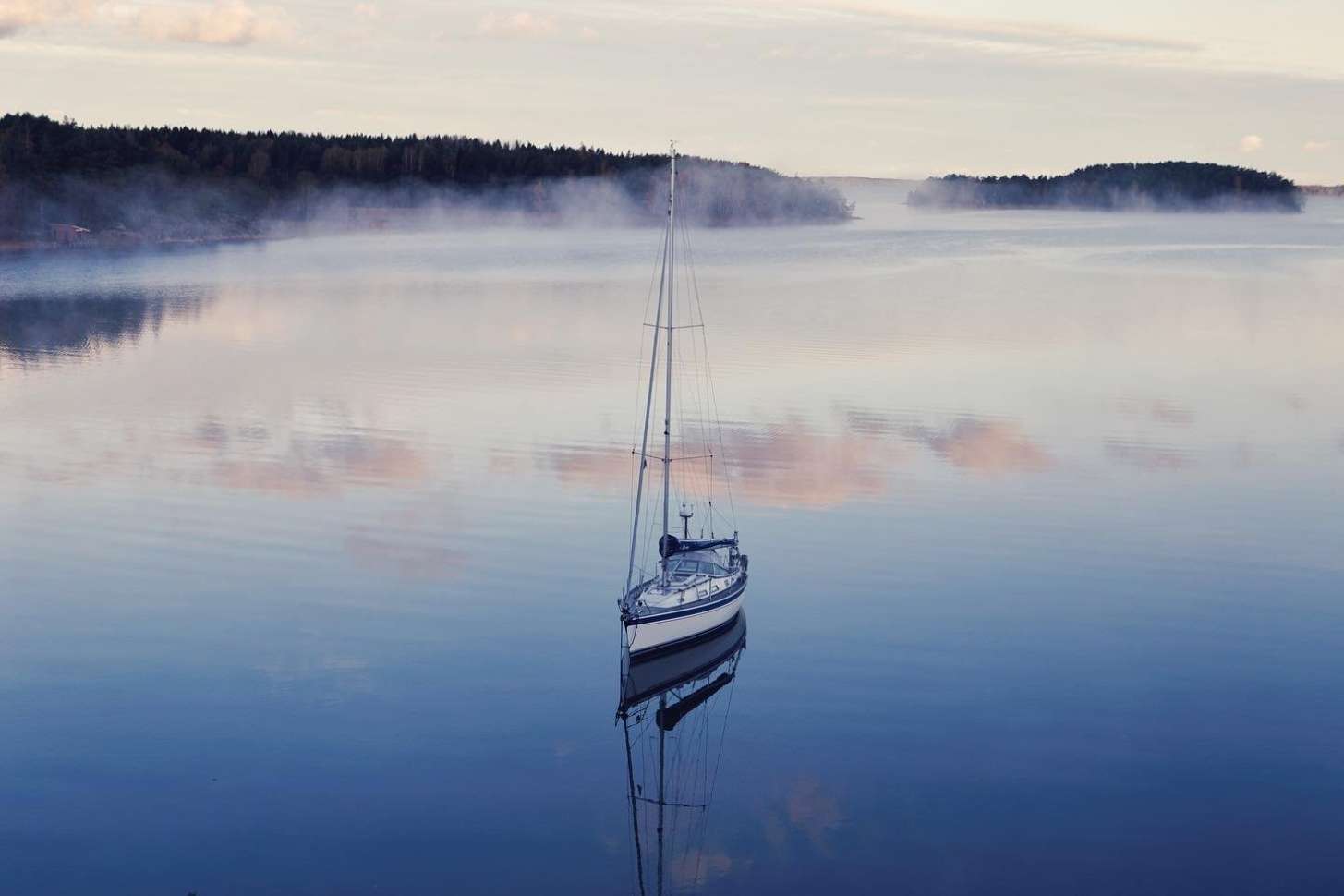
As the years went by, steamships gradually came to replace sailing ships. By the mid-19th century, steamships were travelling between Turku and Stockholm on a regular basis and travellers were quick to take advantage.
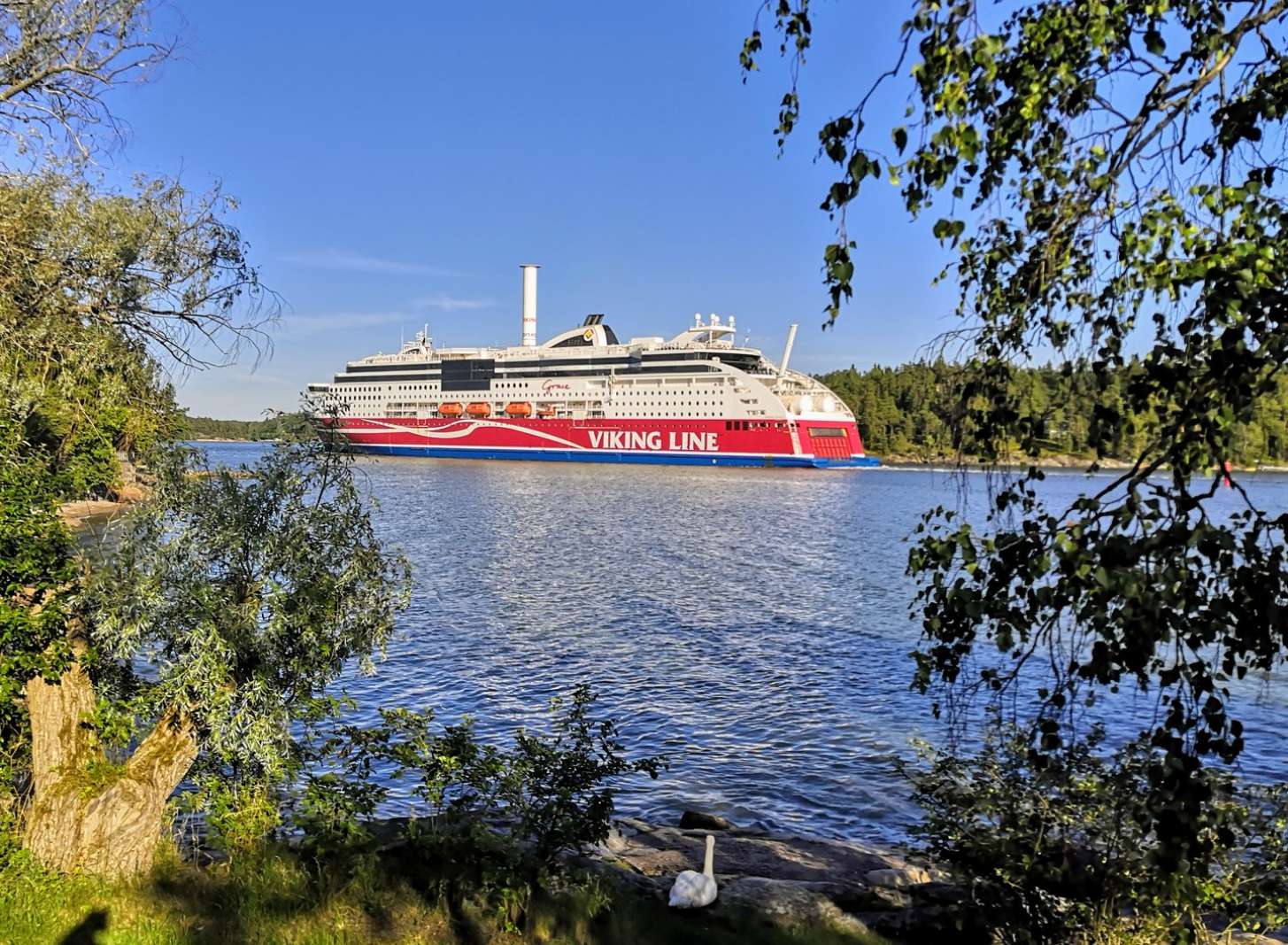
Travel to Sweden became even easier in the 20th century, when Silja and Viking Line unveiled their new car ferries. Passengers were able to drive their vehicles on board, and then continue their road trip in Sweden. It’s still a popular way to travel with some four million passengers passing through the Turku terminals every year.
It might feel like every second person you meet in Turku either works in the shipyard, or at the very least, knows someone who works there. In fact, Turku is home to nearly a third of Finnish companies in the maritime industry. It is big business and it is big ships. Long gone are the wooden vessels Wechter and Remgean envisioned, nowadays the industry is renowned for luxurious cruise ships.
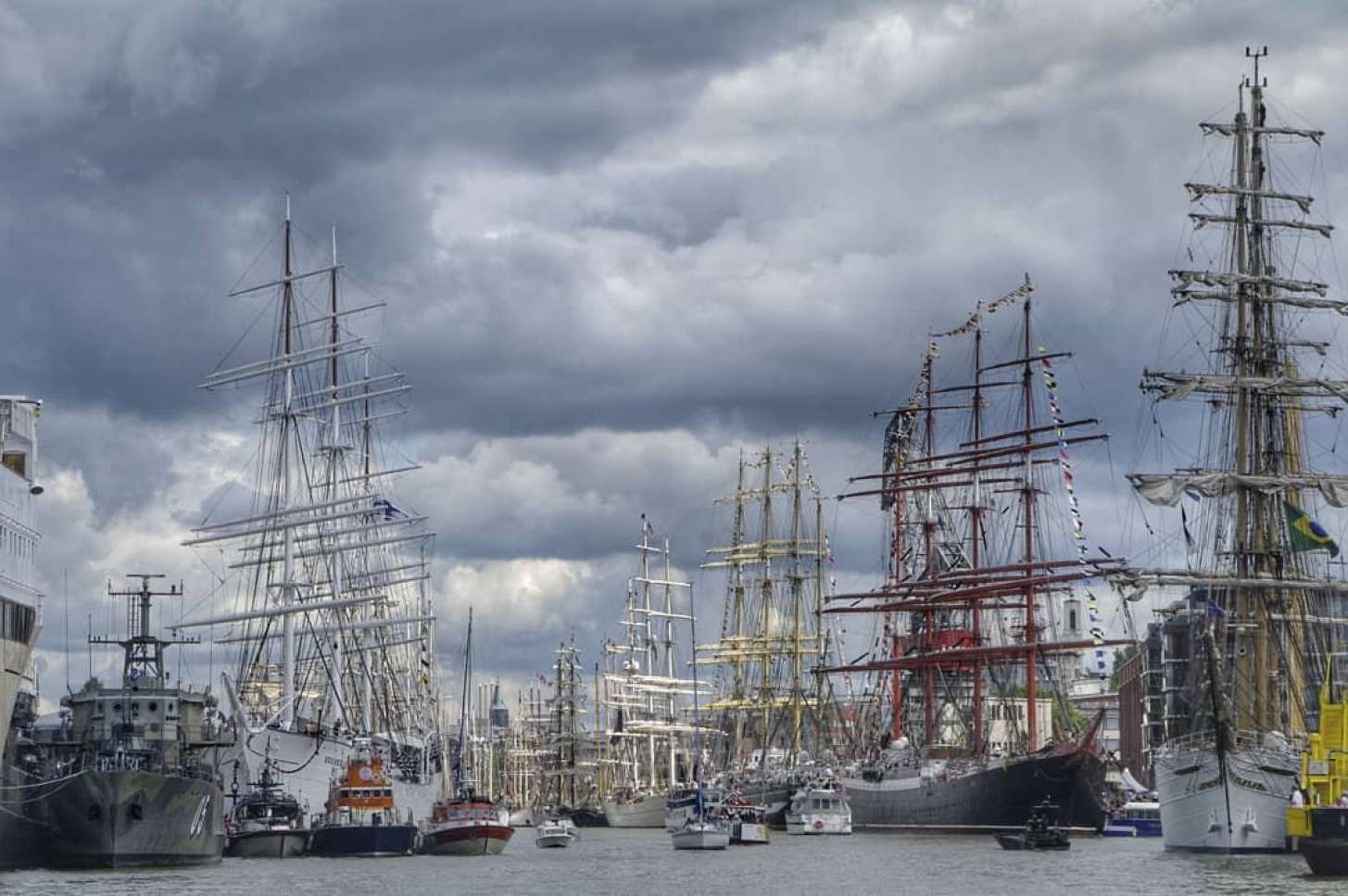
Turku is rightly proud of its maritime history and the city will soon add another feather to its cap. Come 2028, Turku will roll out the welcome mat for an international sailing fleet competing in the Tall Ships Races. Read more here!
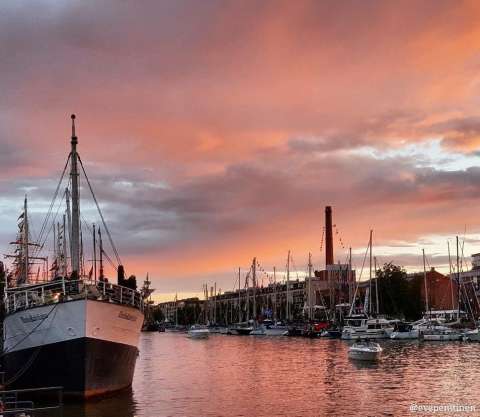
+Find out more about Turku’s maritime history
Take a deep dive into maritime history at Forum Marinum. Explore the family-friendly exhibitions and climb aboard the museum’s ships. If you’re travelling to Turku with a group, join Visit Turku for a tour of the extraordinary Meyer Turku shipyard to learn more about the city’s proud legacy of shipbuilding.
Published | Updated

